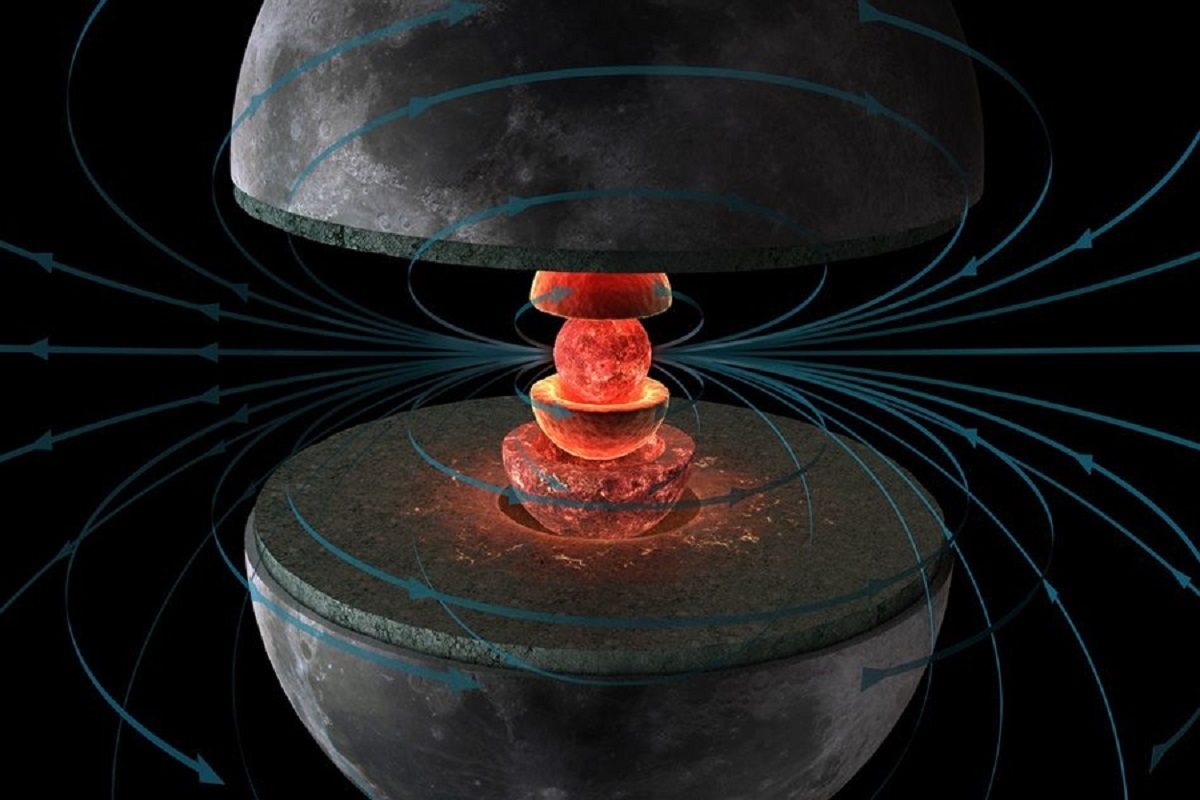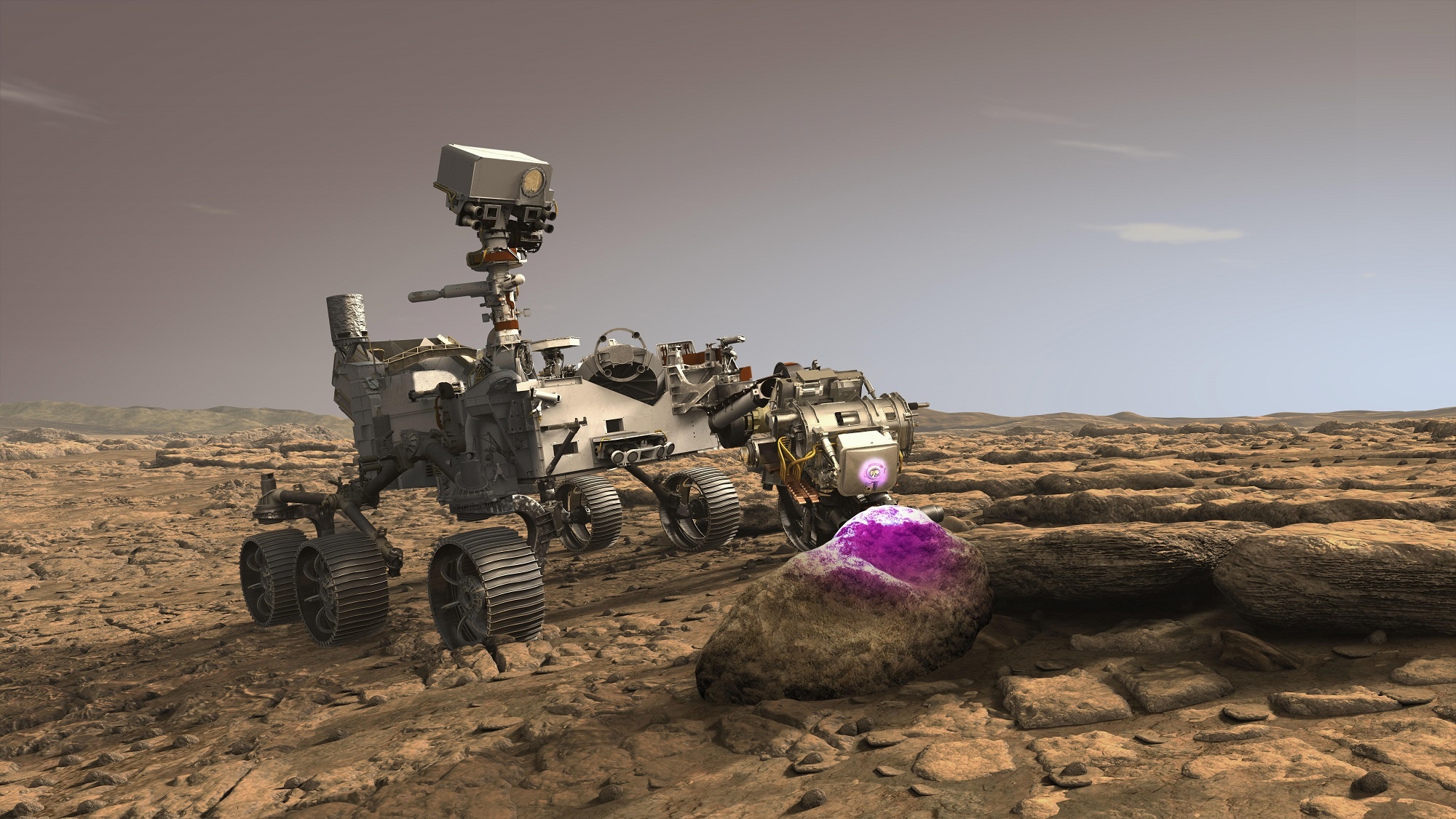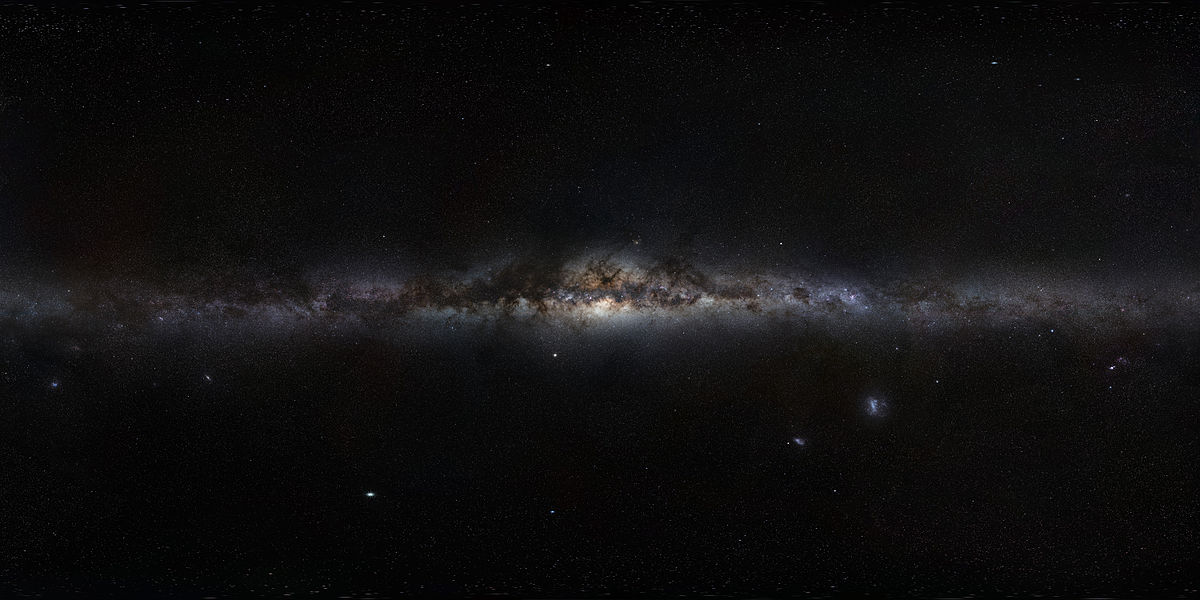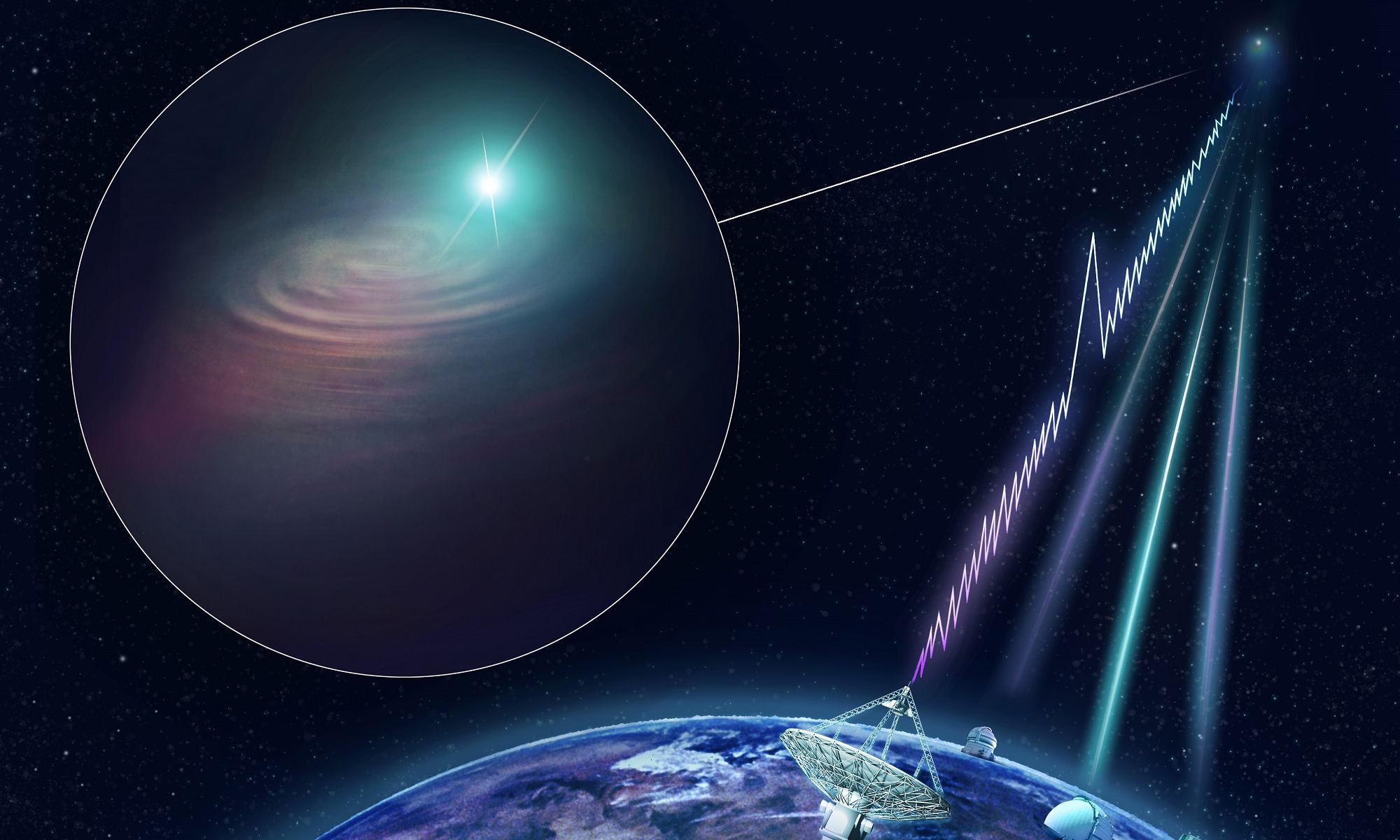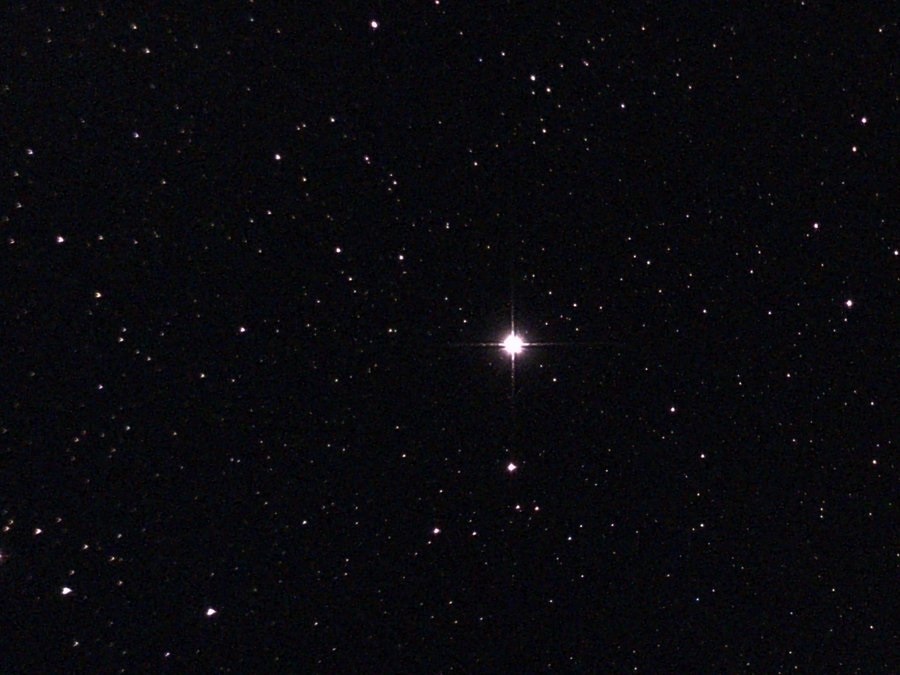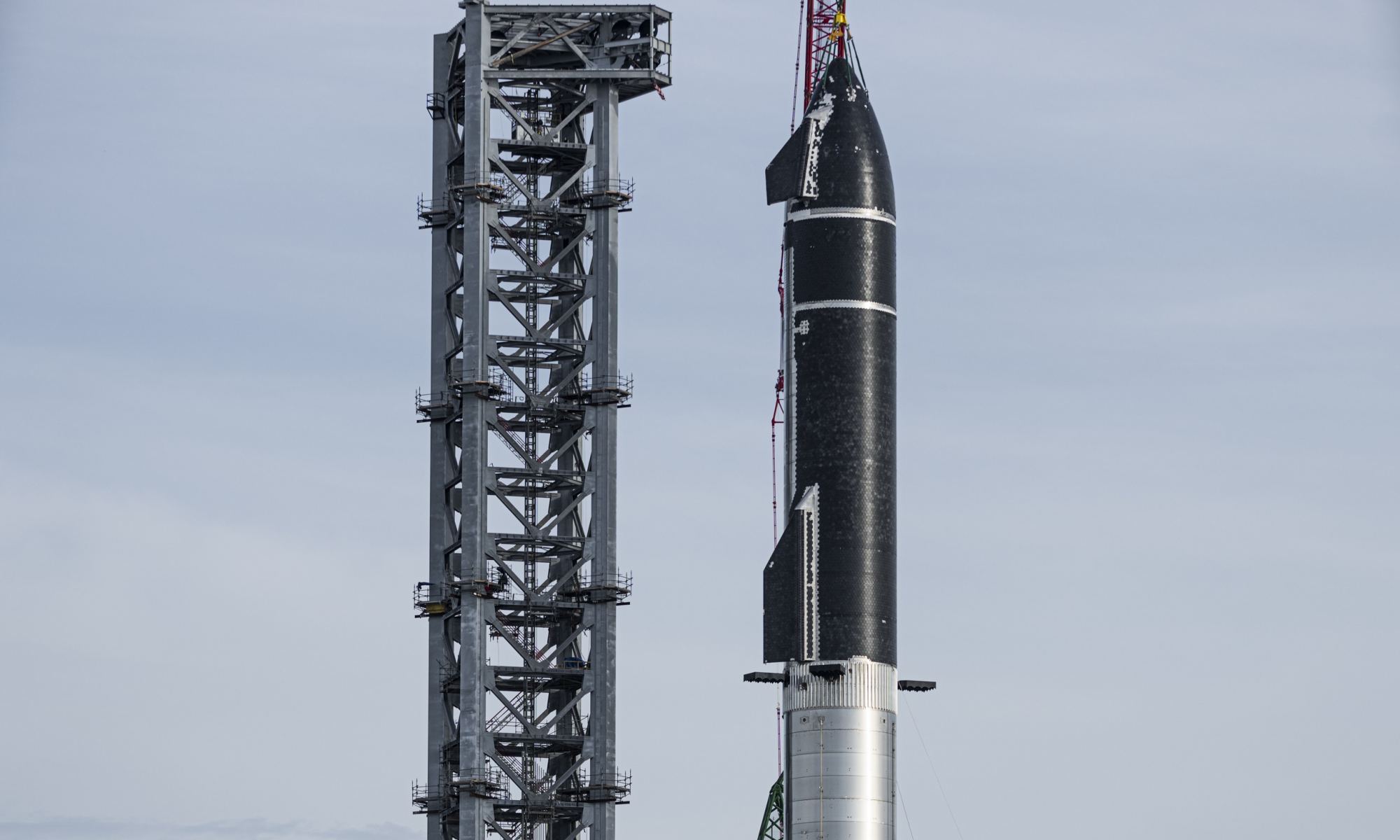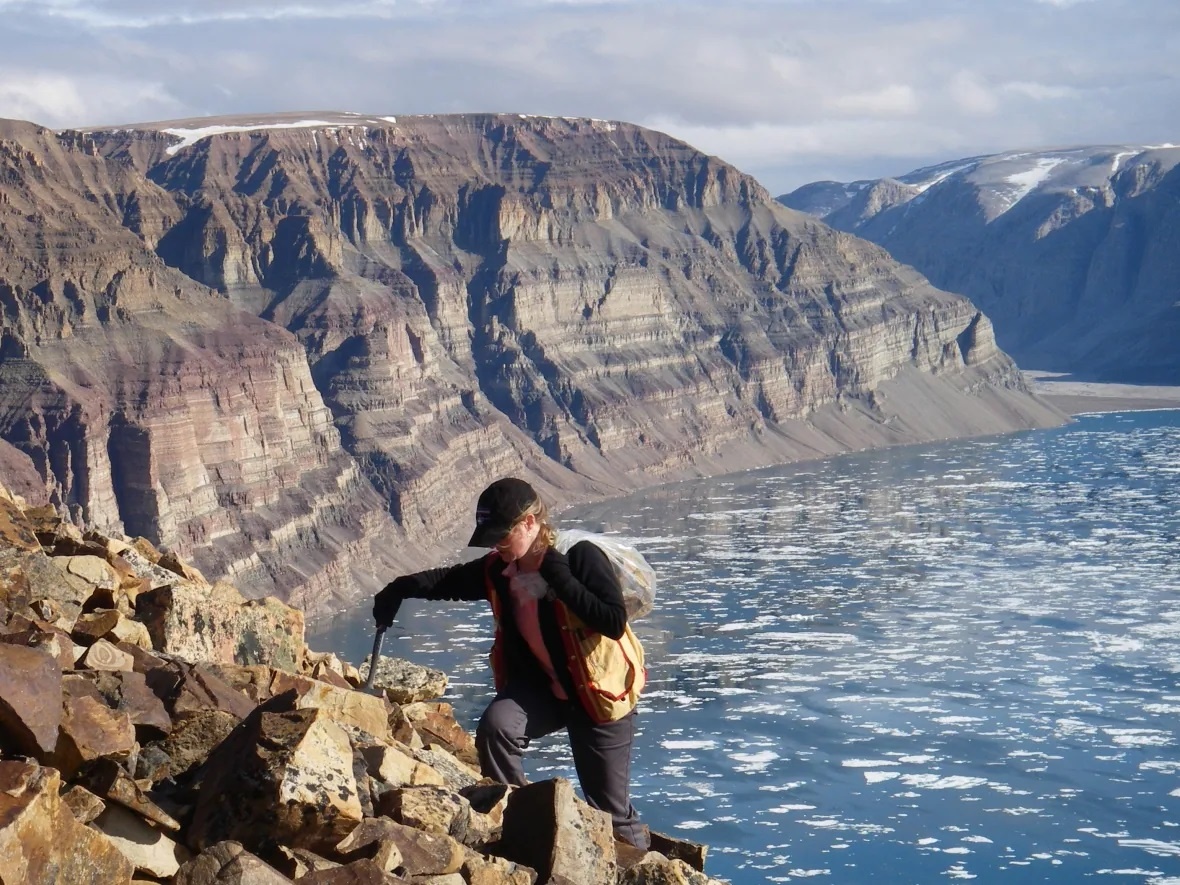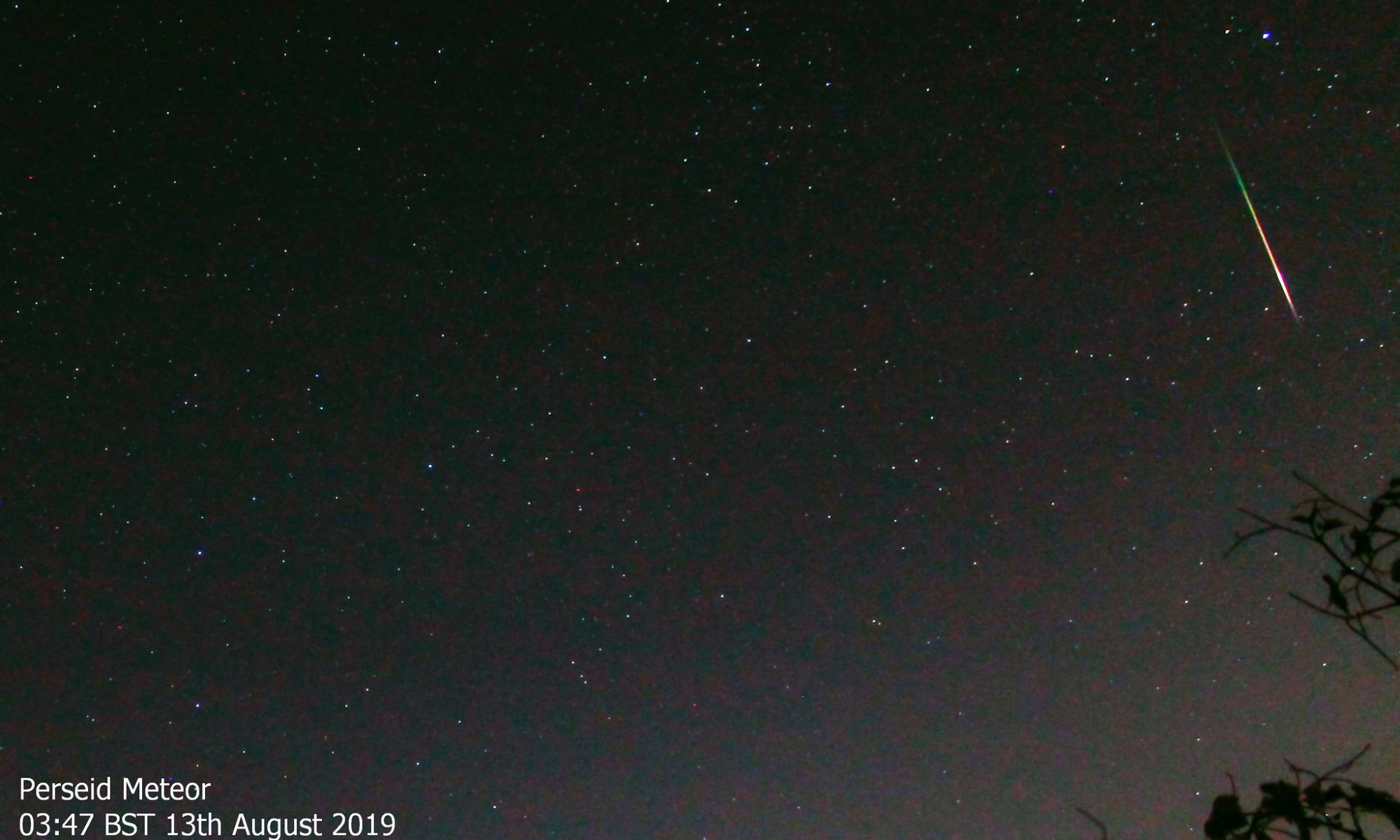In a few years, NASA will be sending astronauts to the Moon for the first time since the Apollo Era (1969-1972). As part of the Artemis Program, the long-term goal is to create the necessary infrastructure for a “sustained program of lunar exploration.” The opportunities this will present for lunar research are profound and will likely result in new discoveries about the formation and evolution of the Moon.
In particular, scientists are hoping to investigate the long-standing mystery of whether or not the Moon had a magnetosphere. In anticipation of what scientists might find, an international team of geophysicists led by the University of Rochester examined samples of lunar material brought back by the Apollo astronauts. Based on the composition of these samples, the team determined that the Moon’s dynamo was short-lived.
Continue reading “Did the Moon Ever Have a Magnetosphere?”
